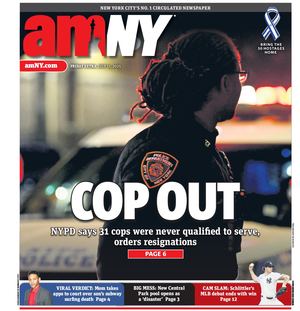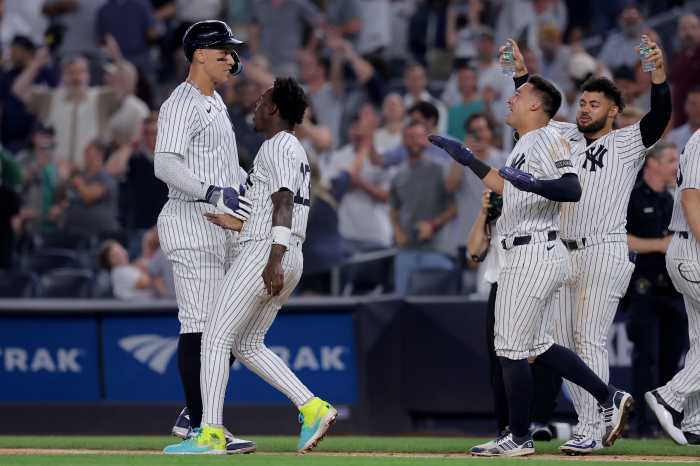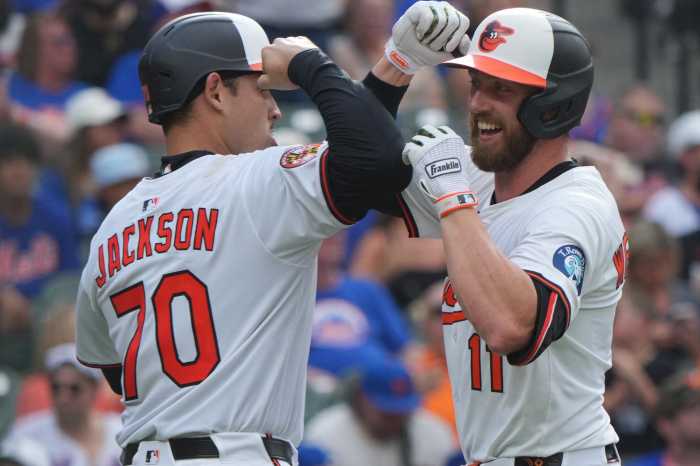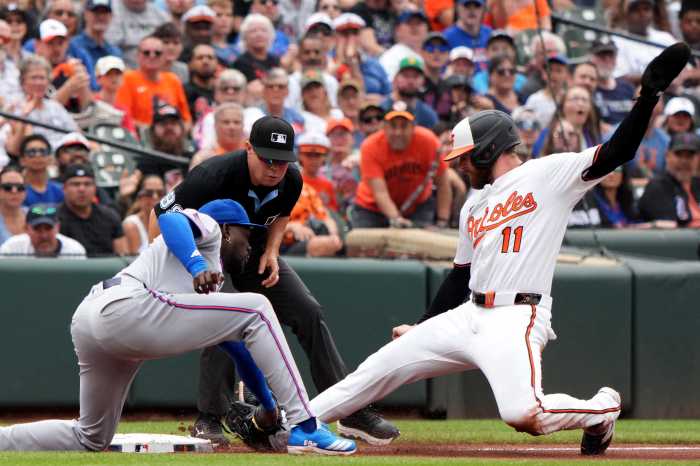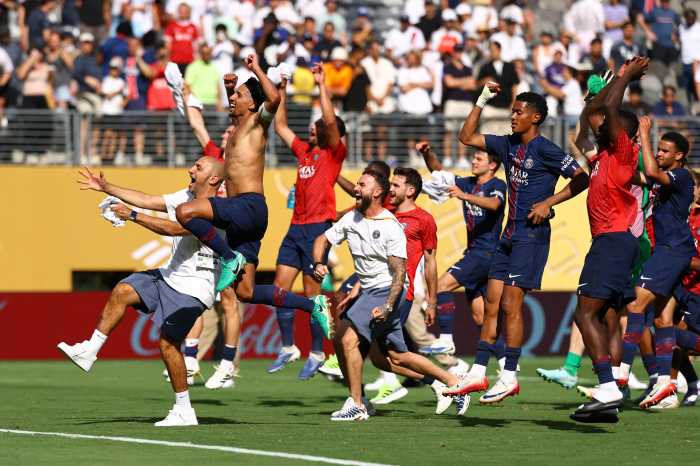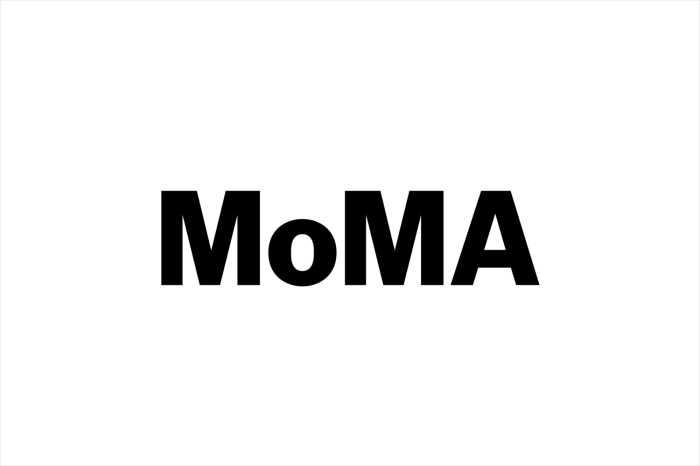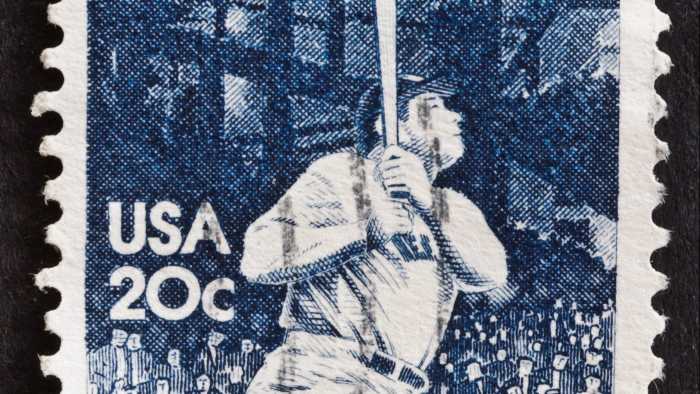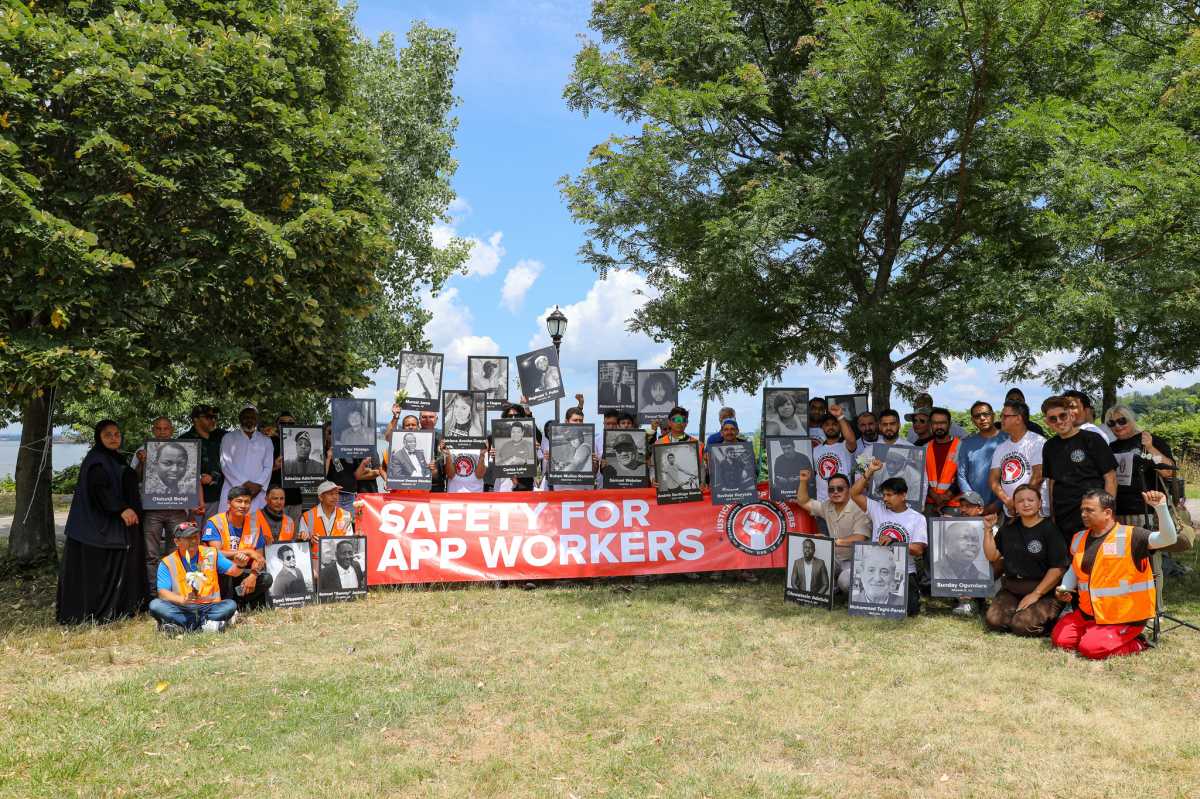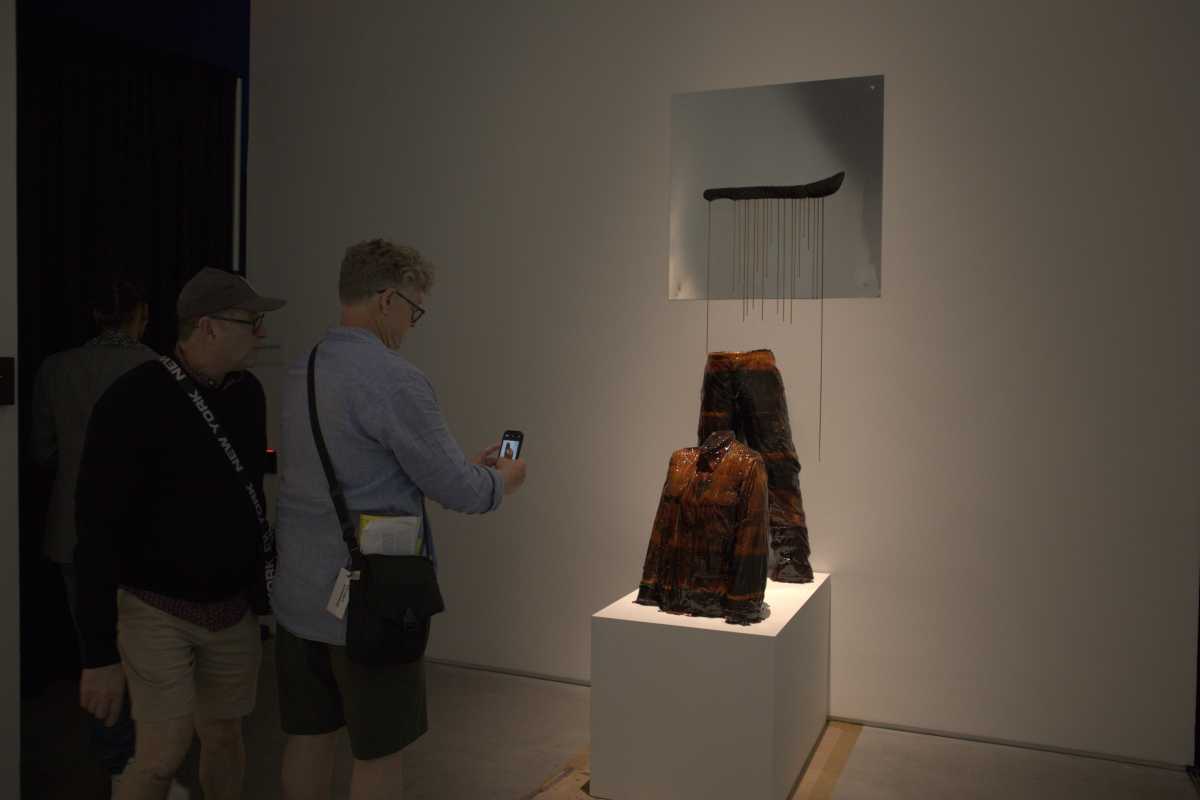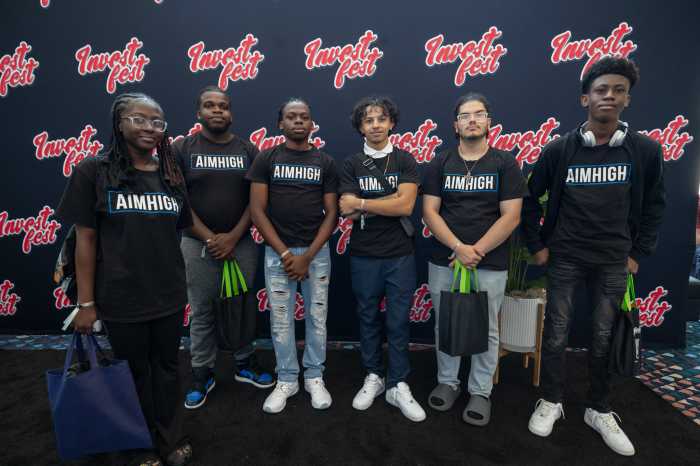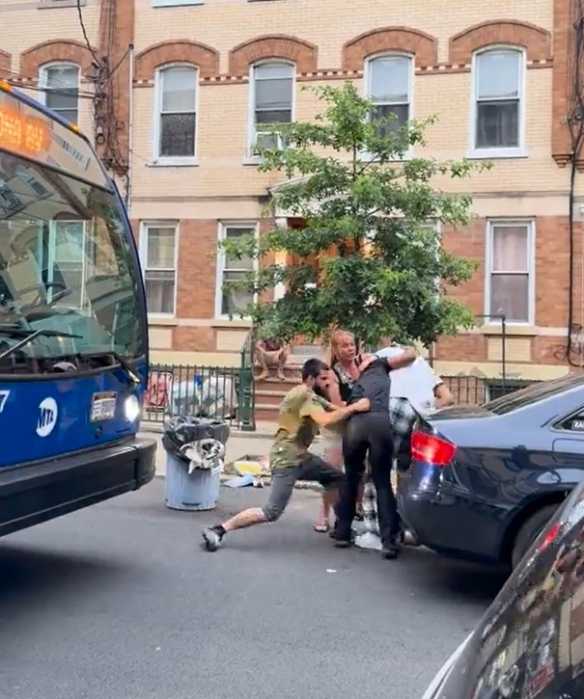
As bad as the New York Knicks were this season, the moribund franchise enters Tuesday night’s NBA Draft Lottery in Chicago with their worst odds of securing the No. 1 overall pick since 2014.
Eight teams finished with a worse record than the Knicks’ 29-53 mark, giving them just a 1.7 percent chance at the top draft slot. Even though they finished with 31 wins a year earlier and 32 the year before that, their odds at No. 1 were 5.3 percent (2017) and 4.3 percent (2016). The 2017-18 season happened to be one in which more teams than usual failed to reach the 30-win milestone, and the Knicks were the “best” of them.
Accusations of “tanking” have plagued the non-playoff teams throughout the season, ostensibly putting out inferior lineups in order to improve the chances of losing. The team with the worst record has a 25 percent shot at No. 1, while teams with better records are assigned descending odds all the way down to 0.5 percent for the non-playoff team with the best record.
The NBA’s current lottery system aims to give the worst team the best chance at turning around their misfortune, but clearly the process is flawed. Perhaps there is no such thing as a perfect system, but here are some ideas for improving the way the draft lottery works.
Tiered odds
Although nine teams failed to reach 30 wins this year, all won more than 20 games. The Phoenix Suns posted the worst record at 21-61, which is the top mark by a league-worst team since 2006-07. Phoenix wasn’t good, but they weren’t all that much worse than the other eight teams in this group.
Rather than give the Suns a 1-in-4 shot — more than 23 percent better odds than the Knicks — all nine teams should have the same chance at scoring the top pick. Allow that tier to be made up of teams that win 21-30 games in a season, and put them all on equal footing.
The same principle would apply to teams that win 20 or fewer games and those which win 31-40 games. The former would receive improved odds over the 21-30 tier, while the latter would receive smaller odds. Any team that misses the playoffs would receive only a 1-in-1,001 shot.
60-game cutoff
Instead of going by which team is worst at the end of the year, the lottery odds would be assigned by team records after each has played 60 games, or about three-quarters of the season.
By that point in the season, most non-playoff teams won’t finish much better or worse, and that would allow everyone to put their best foot forward for the remaining 22 games, without the specter of tanking hanging over the last two months of the regular season.
A bit of both
Combining the ideas of tiered lottery odds with the 60-game cutoff could work, too. In this scenario, the victory thresholds for each group would be scaled back to their 60-game equivalents. Personally, this is my favorite idea.
